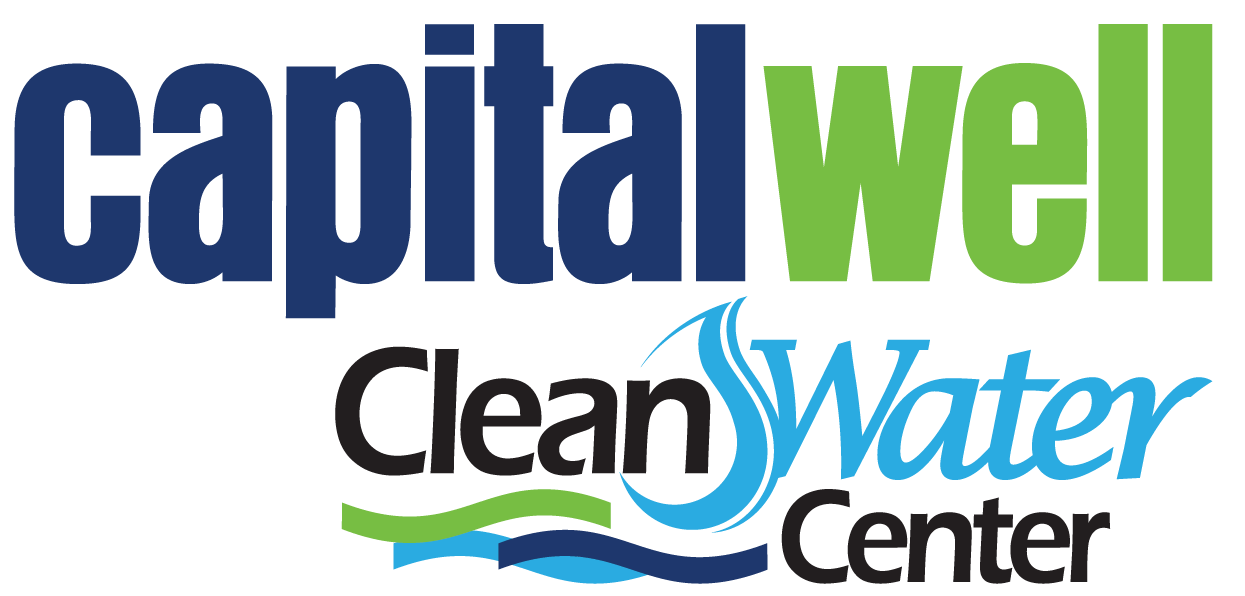As a kid at my grandmother’s lake cabin in rural MN, I can still remember hurrying though showers, lest someone else in the household turned on the sink or gasp! ran the dishwasher. The water would slow to merely a trickle and inevitably, I’d still have a full head full of Prell to rinse out. Not that Grandma Selma would have listened, but as somewhat of a Well Water Pressure expert now in my middle-aged years, I have knowledge (and knowledge is power)… to know what powers the Well Pump system throughout my house. Let me enlighten you!

You don’t have to coordinate your shower with household tasks. Constant water pressure is attainable, and it not only makes life more comfortable but also helps water softeners, iron removal devices, and other equipment work more efficiently to provide safe, potable water,
Facts:
- Water flows out of taps because of pressure in the water system. For most well systems it is a well pump that provides the pressure that makes the water flow.
- Different pumps have different flow capacities, as the overall rate of flow is directly related to the pump capacity. If your household has a 10-gallon per minute demand, there will be trickling water if the pump will only supply five gallons per minute.
- A pressure tank in a water system is designed to have extra gallons of water on reserve so small demands don’t require the pump to switch on. However, the tank cannot compensate for flow greater than the pump capacity.
- If you receive your water through a utility pipeline, your location and the age of the utility can impact water pressure. If you live near the end of the line or if the utility’s infrastructure is old, you may have to install your own booster pump and pressure tank.
Solving the Problem
The system first needs to be checked to determine if it is working properly.
1. If there is adequate pressure in the tank, hard water could be causing the decline in pressure. A buildup of scale can cause increased friction in the pipes and diminish water pressure.
2. If installation of a device is required, here are three solutions:
- A constant pressure valve can be installed between the pump and the pressure tank. It will automatically adjust flow from the well pump to a preset pressure. It is relatively easy to install and a good, economic solution. It will solve many problems. However, it does not increase the flow rate greater than that of the pump.
- Additional pressure tank capacity can be added to meet high demands for water that are in excess of the pump’s capacity. Ensuring that two tanks and the existing pump will work compatibly will require a professional, but this will aid in the short-term demands. However, it will not permanently solve the problem of the shower, dishwasher, washing machine, and other heavy appliances all running at the same time.
- The pump can be replaced with a variable speed pump. The motors of variable speed pumps can run up to two times faster than those with constant speeds. The speed of it is regulated by the demand for water. A device measures the demand for pressure, and adjusts the pump’s flow rate. Some variable speed pumps have a slow startup, which eliminates power surges and reduces torque on the pump and well piping.
3. Sometimes…. It’s just time. Your water pump and tank system cannot run indefinitely. Especially considering it is powered by a motor. The pumps specifically are generally designed to run for an average of 80,000 cycles. For a family of four with average water usage, this generally puts the expectant life span around 12-13 years. Anything afterwards, and you’re living on borrowed time.
A lot like a roof, your well pump and tank are all apart of costs needing consideration when budgeting for long term maintenance costs. But the more you know, the better prepared you’ll be to schedule these replacement projects on a boring Tuesday in the middle of May rather then… Thanksgiving, when your entire family has descended upon your household, and it’s plumbing.
Regardless of your plans or lackthereof, At Capital Well Clean Water Center, we have solutions for all of your home water needs. We utilize the highest quality stainless steel submersible pumps, all calibrated and warrantied to assure that water delivered to our composite water tanks don’t leave you in any sort of trick-ly situations.
